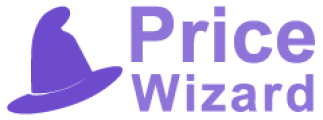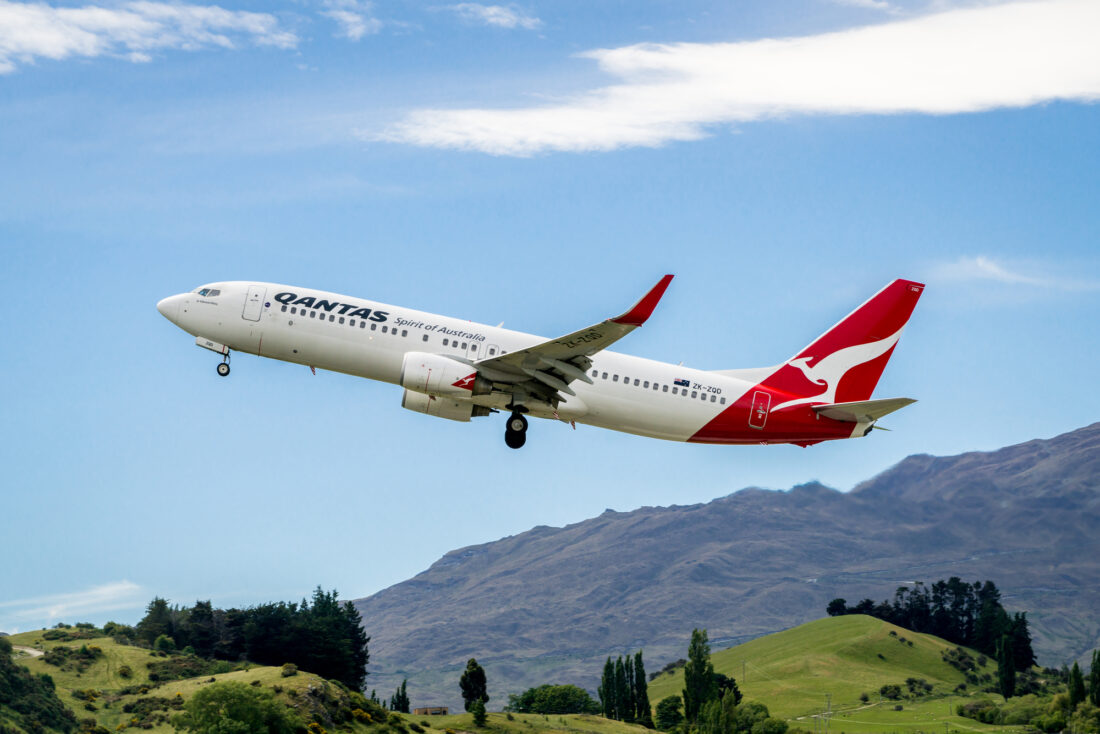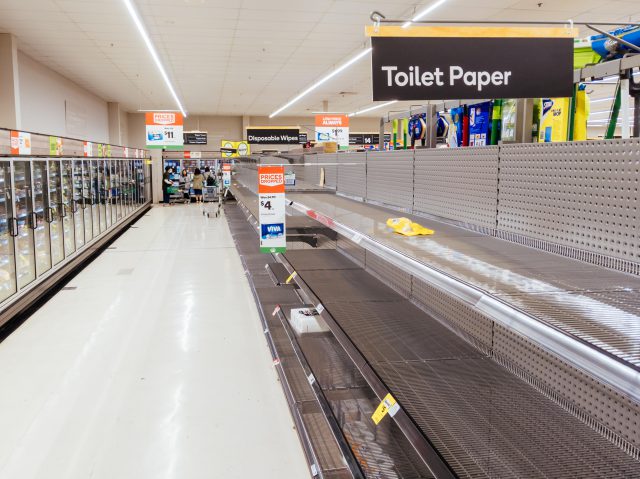It is infrequent that a listed company will publicly forecast the financial impact of a
pricing change. So, it was all eyes on QANTAS this week.
In response to a record number of customer complaints, QANTAS announced one of
the largest ever overhauls of its frequent flyer program. The key change was the
introduction of a new method of frequent flyers utilising their points, known as
Classic Plus.
Under Classic Plus, QANTAS customers will be able to redeem points for domestic
flights at the rate of 1.0 cents per point for economy seats and 1.5 cents per point for
premium economy, business and first class. This is a significant improvement on the
current rate of 0.6 cents per point through “Points Plus Pay”.
Not only will the exchange rate be more consumer friendly, there will also be vastly
more seats available. The combination of an improved exchange rate, together with
more available seats for frequent flyers, means less cash flow for QANTAS in the
short term.
Interestingly, QANTAS has quantified the financial hit. The profit of the Frequent
Flyer division is expected to reduce from $550m to $500-525m. This raises an
important question:
Why is QANTAS taking this drastic action which will reduce its profitability?
QANTAS has a large Revenue Management team. The members of this team
work hard every day to optimise prices, applying the same Revenue Management
skills one would see in any well-managed Hotel or Build to Rent operator. Surely, if
any organisation understands Revenue Management, it is QANTAS. So, why
are they taking action which they expect will reduce their profitability?
In general, the principle behind the mathematics of dynamic pricing and revenue
management is to maximise profits in the short term. In many cases, setting prices
to maximise outcomes in the short term will also maximise value in the long term.
However, that is not always the case. Here are a few examples:
- At Price Wizard, we worked with a Build to Rent operator which was planning
to sell its business. Rather than maximise profit each day, they operator
identified a strategy that they believed would maximise the sale price of their
business. - At Price Wizard, we worked with a relatively new hotel which wanted to establish its brand. They deliberately charged less than they could have, in order to increase occupancy and create more brand exposure for a period of time.
- Amazon aimed to reach world domination before maximising profit. For many years they charged just enough to break even. This ensured they could achieve the highest possible growth rate without needing to raise more capital.
So what is QANTAS up to? The answer lies in their media release:
“The program changes are expected to deliver a substantial improvement in member
engagement and will help drive the long-term growth of Qantas Loyalty as it
continues to target $800 million – $1 billion Underlying EBIT by FY30. “
They key point is that before embarking on any Revenue Management strategy, it is
always wise to understand your business objective. And this is one of the unique
features of Price Wizard’s Revenue Management Software. Unlike our competitors,
we have the flexibility to optimise for the objective of your choice. To kick things off
and start achieving your objective, all you need to do is click here.





